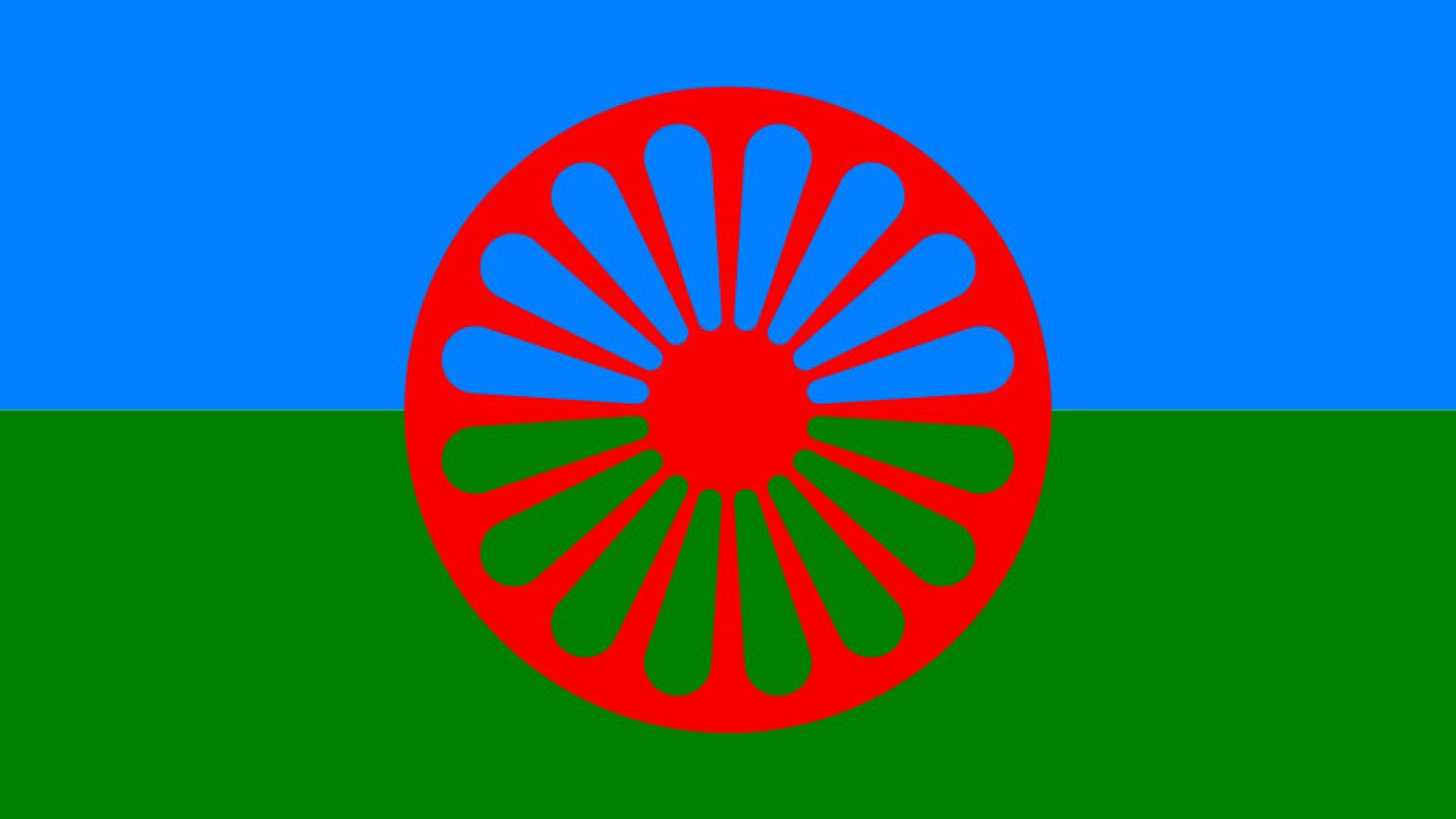When putting together a Right On episode for Euronews on the Roma community I actually realised that there is a lot of confusion about exactly who the Roma people are. I was surprised to hear some friends and colleagues try to tell me that “the Roma are people from Romania”. Many people also repeated the story that the Roma originally came from Egypt, hence the origins of the word gypsy. This is not considered (by most academics) to be true, although it is correct to say that this is where the word gypsy originated.
Historians say people in Europe in the Middle Ages did not really know where the Roma came from and there was a common belief at the time that they arrived from Egypt, which is how the word gypsy was born. The most likely explanation, as established by leading linguists and ethnologists, is that the Roma people have their origins in India. Exactly when they started to migrate to European countries remains unclear.
What is also very difficult to establish with any certainty is the exact population of the Roma in any given country. Most organisations that give figures have minimum and maximum estimates, and these vary widely. The European Commission website says: “For more than a thousand years, Roma people (including Travellers, Gypsies, Manouches, Ashkali, Sinti, etc.) have been an integral part of European civilisation. Today, with an estimated population of 10 to 12 million in Europe (approximately six million of whom live in the EU), Roma people are the biggest ethnic minority in Europe. Most Roma are EU citizens.”
The Commission’s website also states: “As it is most commonly used in EU policy documents and discussions, the term “Roma” here refers to a variety of groups of people who describe themselves as Roma, Gypsies, Travellers, Manouches, Ashkali, Sinti and other titles. The use of the term Roma is in no way intended to downplay the great diversity within the many different Romani groups and related communities, nor is it intended to promote stereotypes.” Roma, however, now seems to be an accepted name for the various groups that can be traced back to having Romani origins. Roma are known as “gitanos” in Spain, for example.
The Council of Europe’s Roma and Travellers Division has published a list of Roma populations, using some minimum and maximum estimates, and has established a list of “average estimates”. According to that list, these are the 10 countries in Europe with the highest Roma populations: Turkey (2.75 million); Romania (1.85 million); Russia (825,000); Bulgaria (750,000); Spain (725,000); Hungary (700,000); Serbia (600,000); Slovakia (500,000); France (400,000); and Greece (265,000).
What is certain is that the Roma issue has been pushed right up the political agenda in Europe – especially since the eruption of a high-profile political row involving the European Commission and France and the broadcast around the world of images of Roma being evicted from camps and put on planes back to their countries ‘of origin’. Now, to tackle the ongoing discrimination this community faces, and to improve their social inclusion or integration, EU countries are under pressure to develop comprehensive action plans. It’s not just about fighting discrimination, say the experts; it’s also about ensuring that integration is promoted through better housing, health, employment and education.
Roma victims of Holocaust remembered in Bucharest https://t.co/bp2SDq4NBy
— Seamus Kearney (@seamuskearney_) August 2, 2017
The Roma may not have their own country but they have their own flag (as shown above), which is recognised by Roma in many countries. It was approved by delegates at the First World Ramoni conference held in 1971 in London. The blue and green represents heaven and earth. The wheel with 16 spokes (a chakra) represents the travelling spirit of the Roma. There is also an official Roma anthem, which is called Gelem Gelem (or Djelem Djelem), and a version of this is used at the start and end of my Right On report above. The music is courtesy of Bruno Coffineau, the Compagnie du petit matin and Le Cri du Chœur – it was featured in a wonderful, moving play I saw here in France earlier this year called Exils or Exiles (myspace.com/spectacleexils)
Here is a translation of the words of Gelem Gelem:
I have travelled over long roads
have met fortunate Roma
I have travelled far and wide
I have met lucky Roma
Oh, Romani adults, Oh Romani youth
Oh, Romani adults, Oh Romani youth
Oh, Roma, from wherever you have come
With your tents along lucky roads
I too once had a large family
But the black legion murdered them
Come with me, Roma of the world
To where the Romani roads have been opened
Now is the time – stand up, Roma,
We shall succeed where we make the effort
Oh, Roma adults, Oh, Roma youth
Oh, Roma adults, Oh, Roma youth
Translation by Ron Lee















